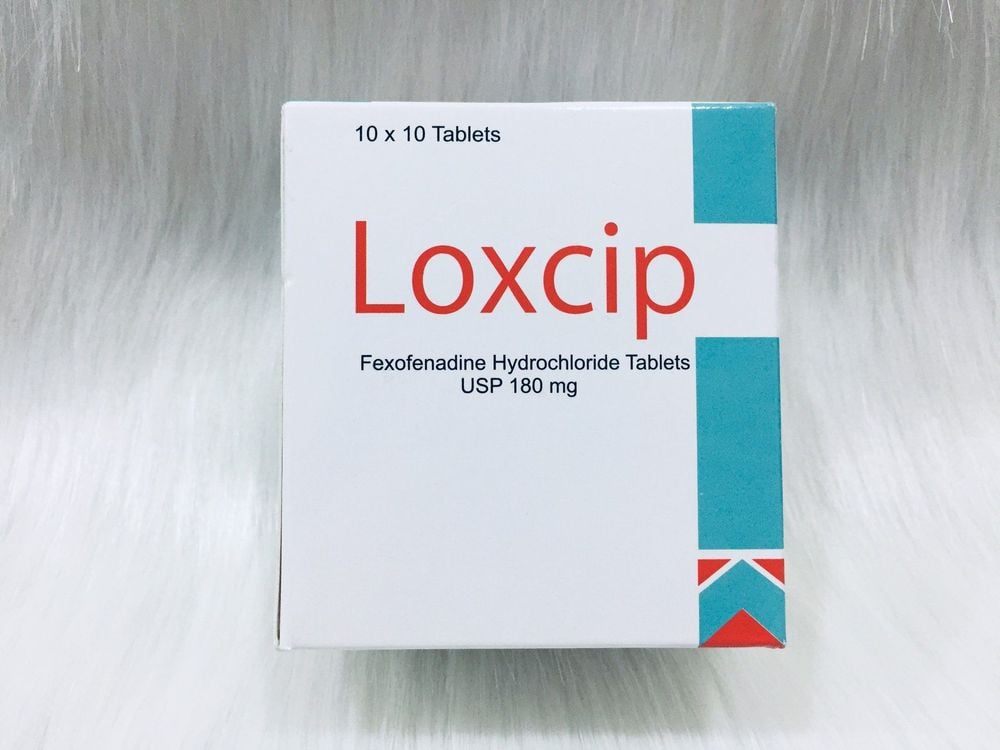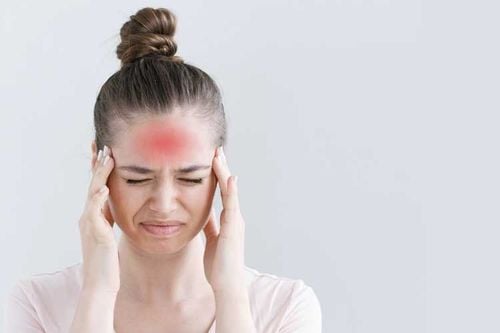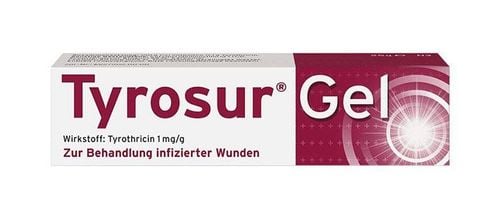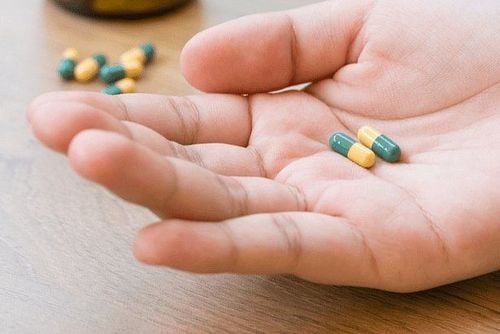This is an automatically translated article.
The group of H1 antihistamines is very commonly used for the purpose of combating symptoms caused by allergies. One of the common active ingredients of this group is Fexofenadine found in Loxcip 180mg.
1. What is Loxcip 180mg?
Loxcip 180mg is a product of Aurochem Pharma Pvt., Ltd (India). The active ingredient of Loxcip is fexofenadine hydrochloride 180mg, used to treat the symptoms of allergic rhinitis in adults and children 12 years of age and older.
2. Uses and indications of Loxcip 180mg
Loxcip medicine 180mg is indicated mainly in the treatment of symptoms of allergic rhinitis.
In which symptoms are effectively treated include:
Sneezing, runny nose; Itching of the roof of the mouth and throat; Red, itchy or watery eyes.

Thuốc Loxcip 180mg được chỉ định chủ yếu trong việc điều trị các triệu chứng của bệnh viêm mũi dị ứng
3. Pharmacodynamics and pharmacokinetics of Loxcip
3.1. Pharmacodynamics Fexofenadine is the main active ingredient of the drug Loxcip, belongs to a new generation of histamine H1-receptor antagonists with effective anti-allergic activity. Fexofenadine has the advantage of being a long-acting antihistamine and has no sedating or sedating side effects. Fexofenadine is essentially a metabolite of terfenadine, which acts as a selective histamine antagonist at peripheral H1 receptors.
According to studies, the active ingredient Fexofenadine has the ability to inhibit bronchoconstriction caused by allergic antigens in guinea pigs, and at the same time inhibit the secretion of histamine from mast cells in the peritoneum of rats. In laboratory animals, this active substance did not show anticholinergic effects or inhibiting alpha 1 - adrenergic receptors. In addition, sedative effects or effects on the central nervous system were not noted.
Several studies in rats on the tissue distribution of marked fexofenadine have shown the active ingredient's inability to cross the blood-brain barrier.
3.2. Pharmacokinetics Several studies on plasma concentrations of Loxcip showed the following results:
Healthy male volunteers after taking a single dose of 2 60 mg tablets showed that fexofenadine hydrochloride was absorbed similarly. relatively fast, the mean time to maximum plasma concentration is 2.6 hours; In healthy subjects, after a single oral dose of a solution containing 60 mg of fexofenadine, mean serum concentrations were 209 ng/ml; When healthy volunteers used fexofenadine hydrochloride 60ml oral solution every 12 hours and 10 times in total, the peak plasma concentration of the drug was 286 ng/ml; When administered at a dose of 120 mg twice daily, fexofenadine hydrochloride exhibits linear pharmacokinetics. Several factors affect Fexofenadine plasma concentrations:
In subjects over 65 years of age, peak plasma concentrations of fexofenadine hydrochloride were 99% higher than those seen in subjects under 65 years of age. However, the mean half-lives of the two groups were similar; Patients with mild to severe renal dysfunction (creatinine clearance 41 - 80 ml/min) to severe (creatinine clearance 11 - 40 ml/min) had higher peak plasma fexofenadine concentrations (87% and 111% respectively). ) compared with healthy subjects, the mean half-life was also longer than in healthy subjects; Hepatic impairment: The pharmacokinetics of fexofenadine hydrochloride in subjects with hepatic impairment were not significantly different from those in healthy subjects; Gender Effect: Studies have shown no differences between men and women in the pharmacokinetics of fexofenadine.
4. Dosage of Loxcip 180mg
Loxcip 180mg is used orally, when used, it is necessary to swallow the whole tablet with a sufficient amount of water. Note that patients should take Loxcip 180mg at least 2 hours before using stomach antacids containing aluminum or magnesium.
Dosage of the drug Loxcip :
Adults and children 12 years of age and older: The recommended dose is 60mg, 2 times a day or 180mg taken once a day; People with kidney failure only take a single dose of 60mg/day; Elderly and patients with hepatic impairment do not require dose adjustment;
5. Side effects of Loxcip 180mg
When using Loxcip 180mg product, patients may experience some unwanted effects (ADR), including:
Headache, dizziness; Diarrhea, vomiting; Arm, leg or back pain; Pain during menstruation; A cough; Some allergic manifestations such as hives, rash, itching, difficulty breathing or swallowing, swelling of the face, throat, tongue, lips, eyes, hands and feet. When experiencing any side effects of Loxcip 180mg, users need to stop using and notify their doctor or go to the nearest medical facility for timely treatment.

Đau đầu, chóng mặt là tác dụng phụ của thuốc Loxcip 180mg
6. Some notes when using Loxcip 180mg
Before using Loxcip 180mg, users need to carefully read the instructions for use and refer to the information below.
Some cases of absolute contraindications of Loxcip 180mg :
People with a history of hypersensitivity or allergy to any active ingredients or ingredients in Loxcip 180mg ; Some other cases are specified in the drug information leaflet; Some issues to be cautious when using Loxcip 180mg:
Inform your doctor before using Loxcip about your history of allergy to fexofenadine or any other active ingredients and drugs you are using or may use. Future; Tell your doctor if you have or have ever had kidney disease; For children under 6 months of age, the safety and effectiveness of Loxcip 180mg have not been studied; In the elderly, the active substance Fexofenadine of Loxcip will be excreted mainly by the kidneys. Because the kidney function of the elderly often declines with age, it is necessary to be careful about the dose, as well as to monitor renal function regularly; Patients with renal failure need to reduce the dose of Loxcip 180mg when used; Pregnant women: There are no adequate studies on the effects of Loxcip in pregnant women, so it should be used only when the potential benefits to this patient and the fetus must outweigh the potential risks. ; Lactation: Since fexofenadine is not known to be excreted in human milk, caution should be exercised when Loxcip 180 mg is administered to a nursing mother.
7. Drug interactions of Loxcip 180mg
Drugs that may interact with Loxcip 180mg include:
Stomach antacids containing aluminum or magnesium gels may decrease the bioavailability of fexofenadine. Therefore, it is necessary to use 2 drugs at least 2 hours apart; Co-administration with erythromycin or ketoconazole may increase the plasma concentration of fexofenadine by 2-3 times. However, the increase in exposure had no effect on the QT interval and when compared with the drugs alone, no additional adverse reactions were observed. Loxcip has been shown to be effective in the treatment of allergic diseases. However, drugs need to be used properly, to the right audience to avoid drug interactions and cause side effects.
Please dial HOTLINE for more information or register for an appointment HERE. Download MyVinmec app to make appointments faster and to manage your bookings easily.













